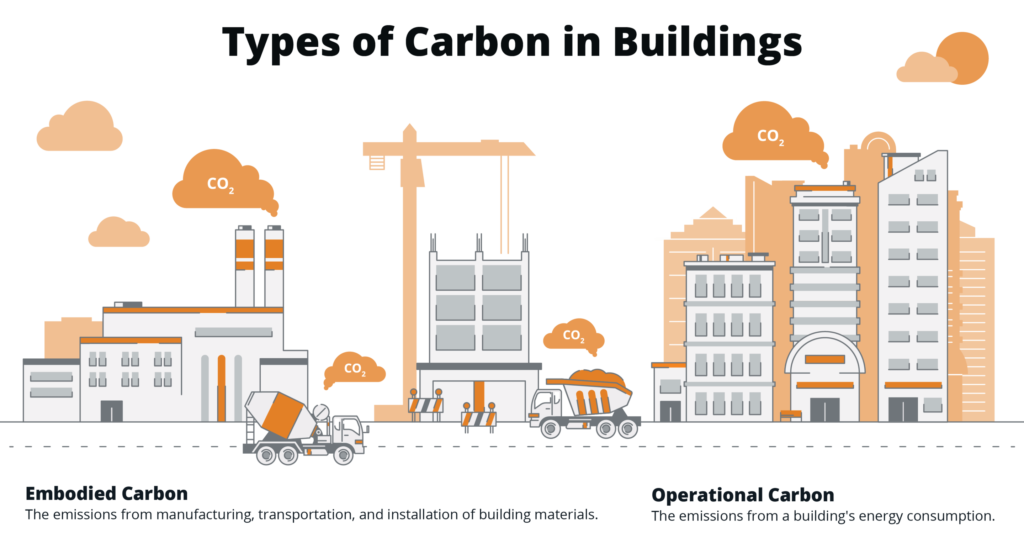What is the BDLA?
The Stanford Building Decarbonization Learning Accelerator (BDLA) is a concise and reliable resource that lowers the barriers for future Architects, Engineers, and Construction Managers to learn about Building Decarbonization. The curated materials on this site are intended to help college educators teach Building Decarbonization. Stanford BDLA users can access case studies, slide decks, videos, and other resources to seamlessly build decarbonization into their existing courses about sustainable buildings, or create a brand new course. All materials are available 100% free of charge.

What is building decarbonization?
Building Decarbonization (BD) is an emerging concept to design new and retrofit existing buildings so that they contribute zero or near zero carbon emissions through the embodied carbon in the construction materials and ongoing operation. BD relies heavily on traditional energy efficiency but is focused most specifically on eliminating the use of fossil fuels in buildings through building electrification and purchase of renewably generated electricity. Efforts also include addressing embodied carbon by minimizing the GHG emissions associated with building materials.
A rapid reduction in building GHG emissions is recognized as critical to addressing climate change. Numerous local governments and some states have adopted or are considering legislation that will require electric utilities to provide 100% carbon free and/or renewable based electric power by or before midcentury. Many utilities already offer 100% renewable electric service options. Together with carbon free electricity, all-electric buildings will be decarbonized.
Source: CarbonCure.com
The BDLA Team and Collaborators
The BDLA is being developed in stages by a national group of professionals and educators with expertise in Building Decarbonization. It is hosted at Stanford University’s Center for Integrated Facility Engineering (CIFE), an internationally-recognized research and education leader in high-performance building design and construction. Our initial roll-out in 2021 will be in partnership with Historically Black Colleges and Universities (HBCUs) to underscore the importance of positioning Black AEC professionals in leadership positions in the building sector.
Core Team

Martin Fischer, PhD
Dr. Fischer is Professor of Civil and Environmental Engineering and the Director of the Center for Integrated Facility Engineering (CIFE) at Stanford University. He has received numerous honors and awards for his work advancing the design and construction of sustainable buildings, including being appointed to the Kumagi Professorship in the School of Engineering, an honor only awarded to four individuals before him.
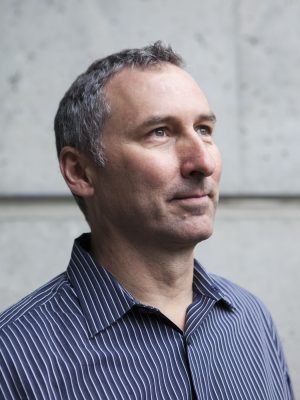
Peter Rumsey, PE, FASHRAE
Peter Rumsey is globally known for his 40-year leadership in the low energy and decarbonized buildings field. He has founded two success engineering design firms and worked globally. He has been a lecturer at Stanford University for over 10 years. He has given over 100 lectures about advanced and decarbonized buildings around the world, making him one of the foremost speakers on the topic.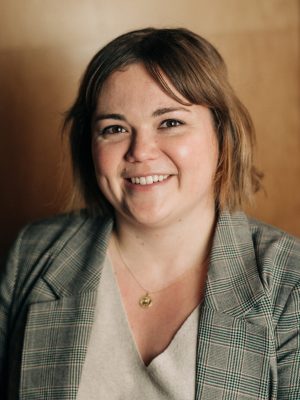
Avril Levasseur, PE, CPHC
Avril Levasseur joined Point Energy Innovations as a Mechanical Engineer after earning an MS in Sustainable Design and Construction from Stanford University. She strives to enable more efficient, healthy, and productive building environments through the application of rigorous analysis to the design process. She has assisted in teaching courses on building decarbonization at Stanford and is the co-author of multiple papers on the topic, including a residential multifunctional heat pump study that was adapted for the U.S. Department of Energy.
Collaborators
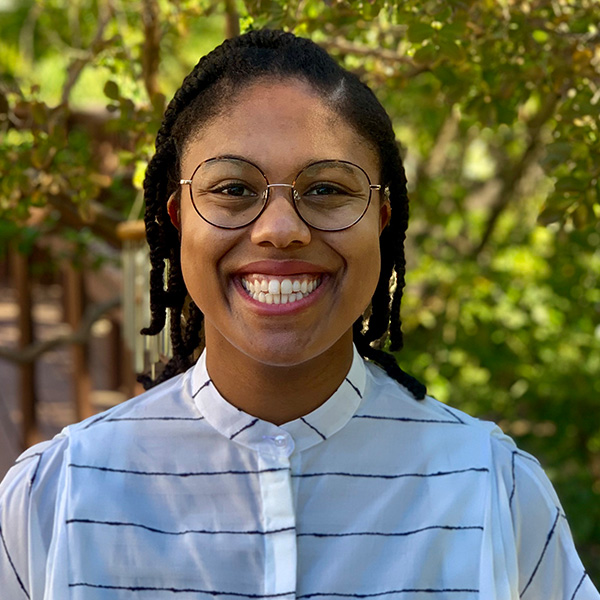
Adrienne Johnson
Energy Professional/Mechanical Engineer, GreenBiz 30 under 30
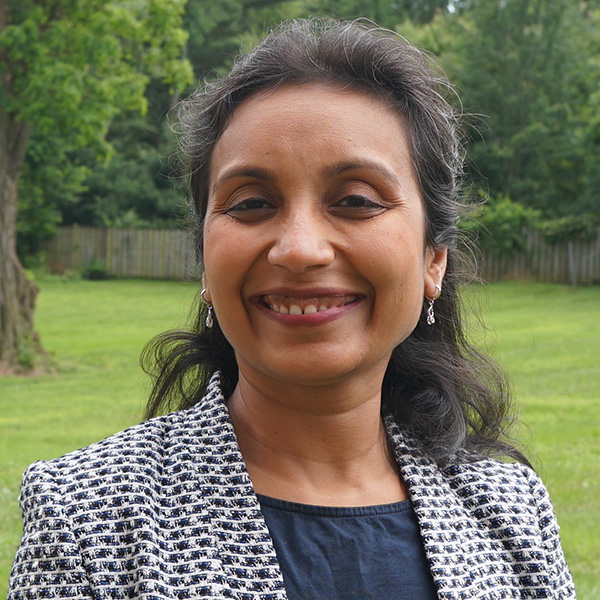
Nea Maloo, AIA, NOMA, NCARB, LEED AP, ICC
Founder of Showcase Architects, Lecturer at Howard University

Nancy Clanton, PE, LEED Fellow
Founder of Clanton and Associates Lighting Design
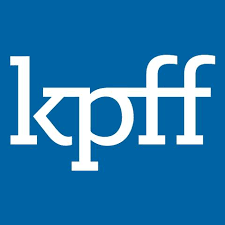
KPFF Consulting Engineers
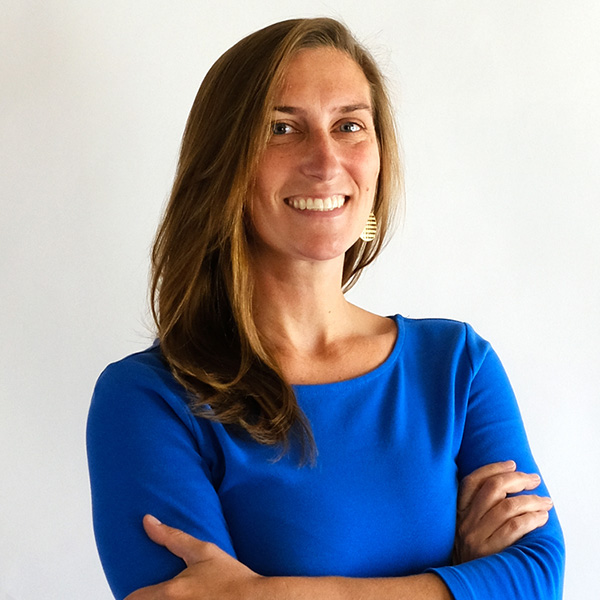
Kristen DiStefano, LEED AP BD+C
Associate Director, Atelier Ten

Joel N. Swisher, PhD, PE
Director, Institute for Energy Studies Western Washington University

Anthony Kinslow II, PhD
Founder of Gemini Energy Solutions, Lecturer at Stanford University
Equitable Decarbonization
Low income communities and communities of color have often been provided with housing that is energy inefficient and high in carbon output. This comes from a long history of lack of investment in these communities. In addition, communities of color are significantly more impacted by pollution from the production and use of fossil fuels. This has a horrific impact on Black children, who suffer from elevated risk of asthma – two times the asthma rates as white children and 10 more likely to die from asthma.
Done correctly, decarbonization will have its largest impact on those who need relief the most. Energy efficiency and carbon reduction costs are lowest in communities where buildings have lacked investment and leak more energy. Dollar for dollar low income households will yield the largest impacts. Ignored, decarbonization could strand low income communities with high gas prices, bearing a disproportionately high burden of keeping the gas infrastructure intact.
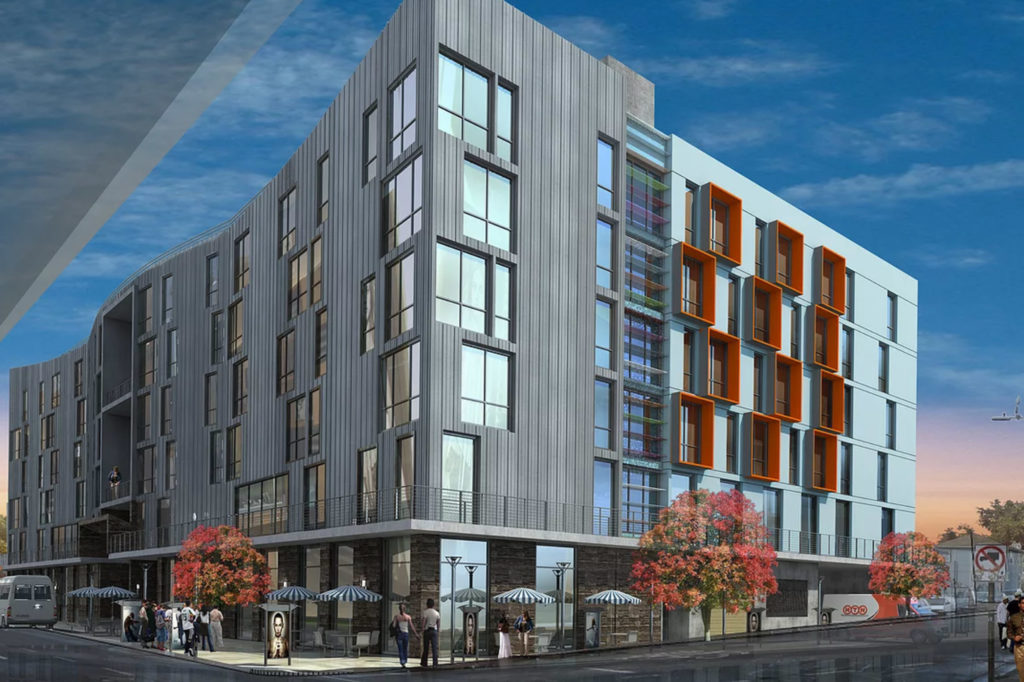
Teaching STEM and Sustainability
Teaching Building Decarbonization requires merging STEM and environmental education approaches. Most students who would be participating in courses that cover building decarbonization will already be engaged and committed to the building field. Interactive engagement significantly boosts retention of technical topics. Applying concepts in design projects or using real world case studies are critical to success. Sustainability provides students with a deeper purpose or motivation when learning concepts of Building Decarbonization. The BDLA material has been developed with these and other key state of the art teaching methods.
BDLA staff and collaborators are available to provide consultation on using the BDLA material in existing or new courses.
A complete resource for successful teaching of STEM topics can be found at the University of British Columbia’s website.

